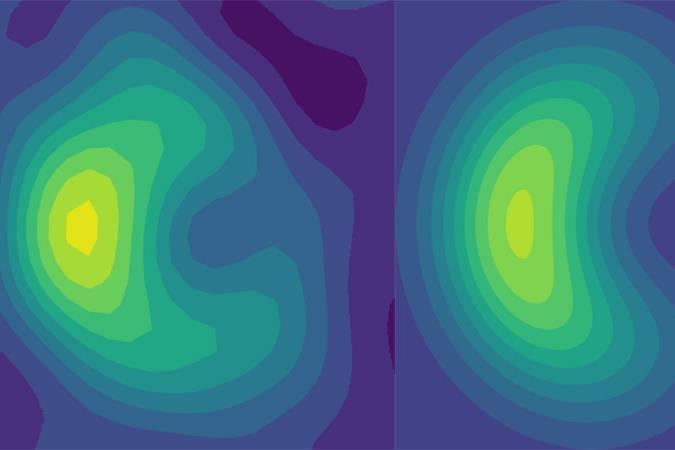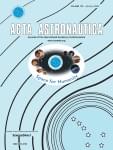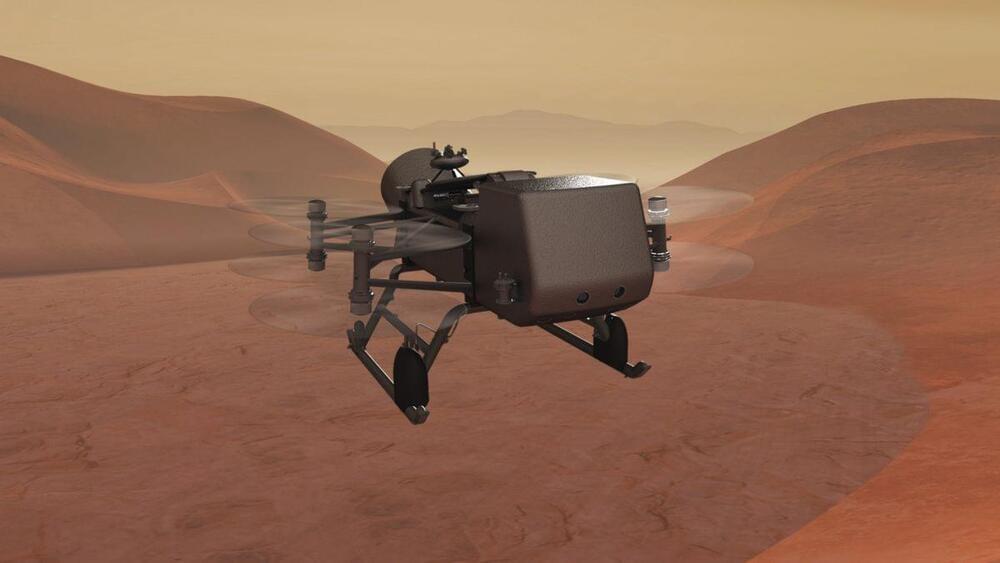The galaxy is a vast place with billions of potential new worlds for humanity to colonize, but interstellar space is so enormous that reaching even the nearest stars and planets by spaceship would take decades at best, and maybe many centuries. Even on arrival terraforming those barren planets would take just as long.
Two options for overcoming the immensity of space and time are the Seed Ship and the Data Ship, automated vessels able to colonize the worlds for us. We will examine those today, their advantages, limitations, and misconceptions, and variations of them we might use to seed the stars.
Join this channel to get access to perks: / @isaacarthursfia.
Visit our Website: http://www.isaacarthur.net.
Join Nebula: https://go.nebula.tv/isaacarthur.
Support us on Patreon: / isaacarthur.
Support us on Subscribestar: https://www.subscribestar.com/isaac-a… Group: / 1,583,992,725,237,264 Reddit:
/ isaacarthur Twitter:
/ isaac_a_arthur on Twitter and RT our future content. SFIA Discord Server:
/ discord Listen or Download the audio of this episode from Soundcloud: Episode’s Audio-only version:
/ seeding-the-stars Episode’s Narration-only version:
/ seeding-the-stars-narration-only Credits: Seeding the Stars Episode 166, Season 4 E52 Writers: Isaac Arthur Editors: Alex Chamak A.T. Long Cooper de Ruiter D. Hemanshi Daniel McNamara Darius Said Edward Nardella Evan Schultheis Keith Blockus Mark Warburton Matthew Acker Safia Postgate Stuart Graham https://beyondnerva.wordpress.com Sigmund Kopperud Producer: Isaac Arthur Cover Artist: Jakub Grygier https://www.artstation.com/jakub_grygier Graphics Team: Bryan Versteeg http://spacehabs.com Darth Biomech https://www.artstation.com/darth_biomech Fishy Tree https://www.deviantart.com/fishytree/ Jarred Eagley Jeremy Jozwik https://www.artstation.com/zeuxis_of_… Justin Dixon LegionTech Studios Mihail Yordanov Sam McNamara Serigio Botero https://www.artstation.com/sboterod?f… SpaceResourcesCGI Audio Editing Eric Schneider Narrator: Isaac Arthur Music Manager: Luca DeRosa — [email protected] Music: Markus Junnikkala, “Plotting a Course” https://www.markusjunnikkala.com/ Paradox Interactive, Andreas Waldetoft, “Dark Minds” https://www.paradoxplaza.com Lombus, “Hydrogen Sonata” https://lombus.bandcamp.com Paradox Interactive, “In Search of Life” https://www.paradoxplaza.com Serena Elis, “Between the Space”
/ serenaelis Taras Harkavyi, “Alpha-and-…” https://www.discogs.com/artist/625697… Paradox Interactive, Andreas Waldetoft, “The Birth of a Star” https://www.paradoxplaza.com Ayreon, “The Theory of Everything, Part 1″
/ @arjenalucassen.
Facebook Group: / 1583992725237264
Reddit: / isaacarthur.
Twitter: / isaac_a_arthur on Twitter and RT our future content.
SFIA Discord Server: / discord.
Listen or Download the audio of this episode from Soundcloud: Episode’s Audio-only version: / seeding-the-stars.
Episode’s Narration-only version: / seeding-the-stars-narration-only.
Credits:
Seeding the Stars.
Episode 166, Season 4 E52
Writers:
Isaac Arthur.
Editors:


